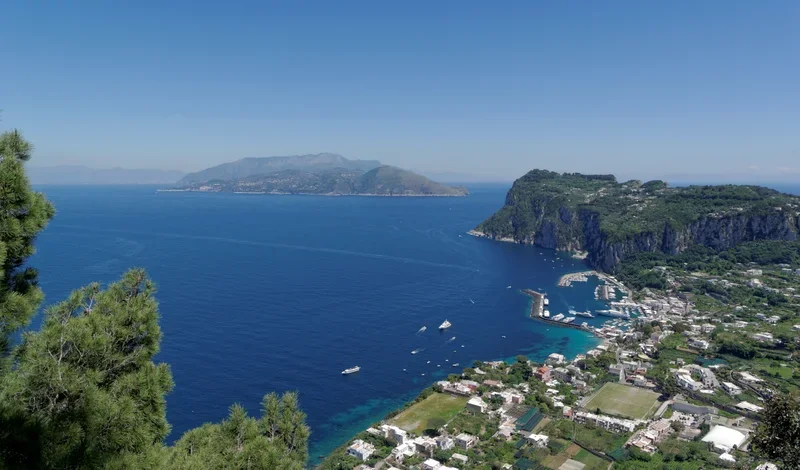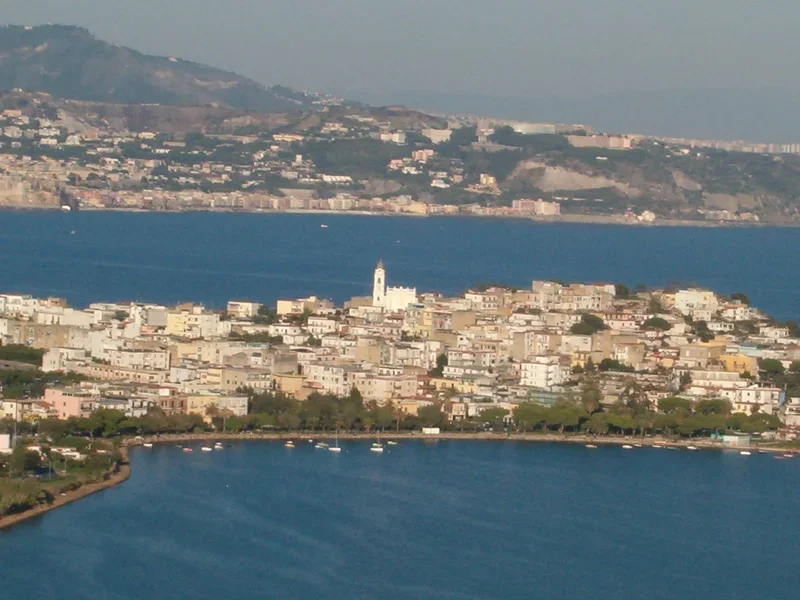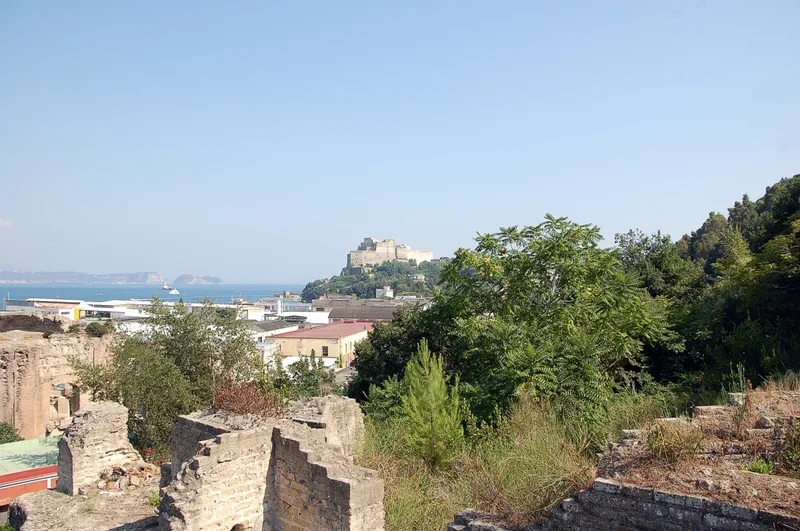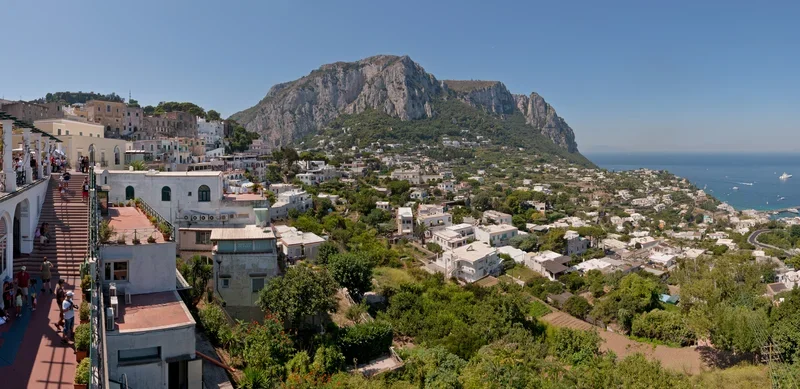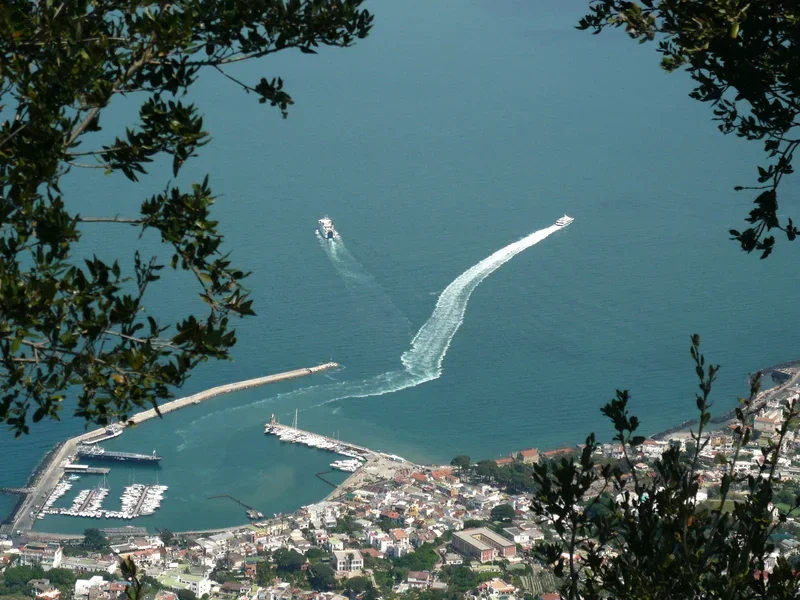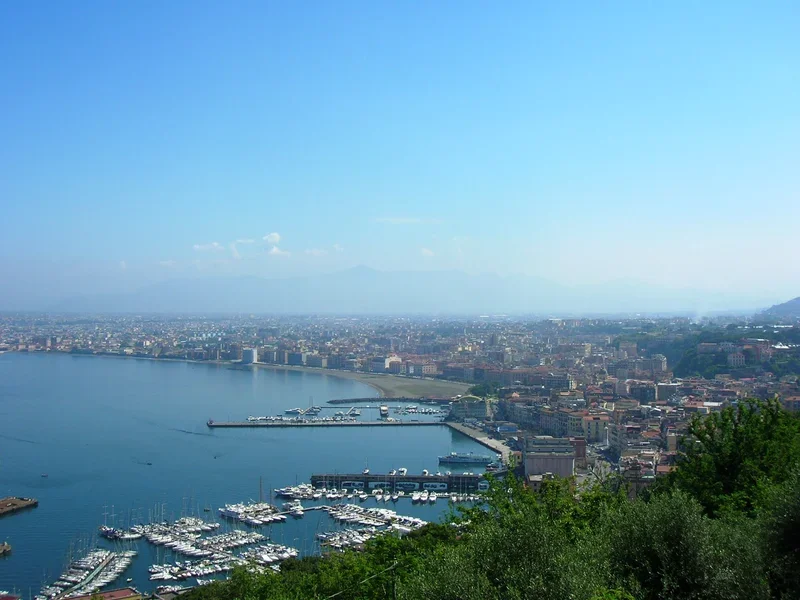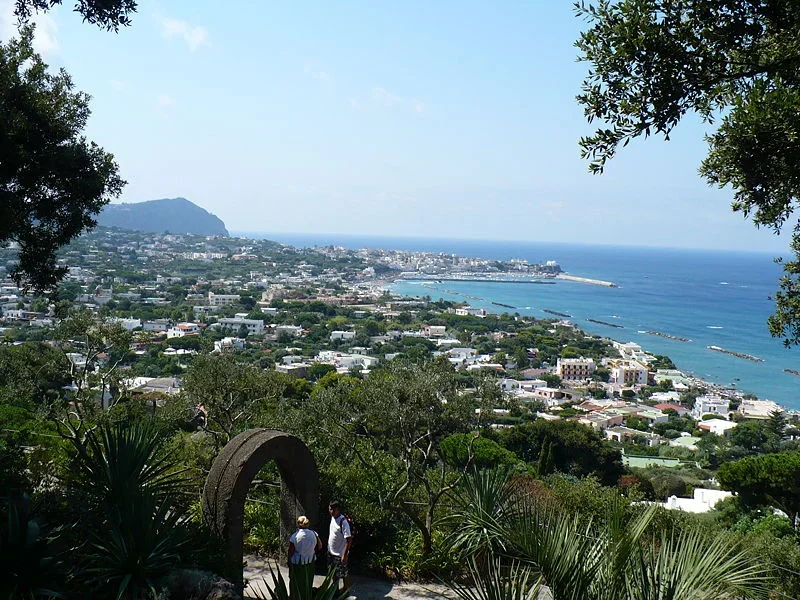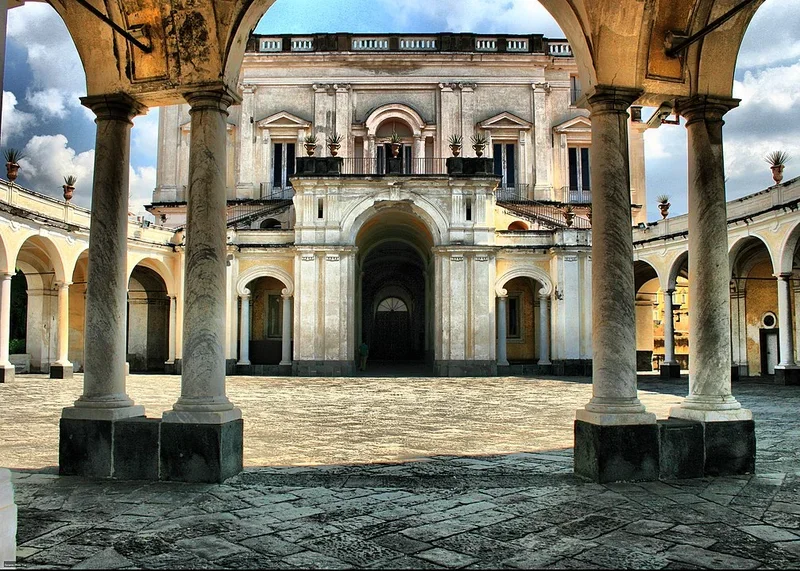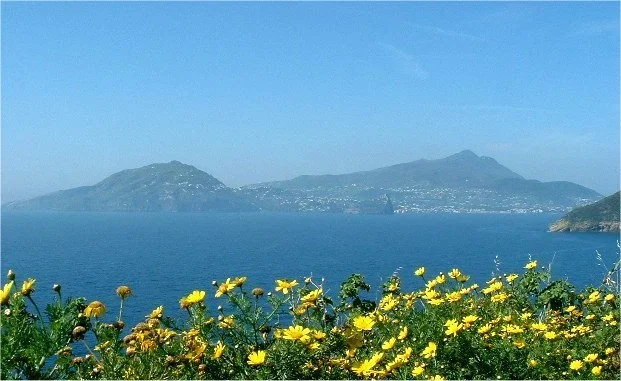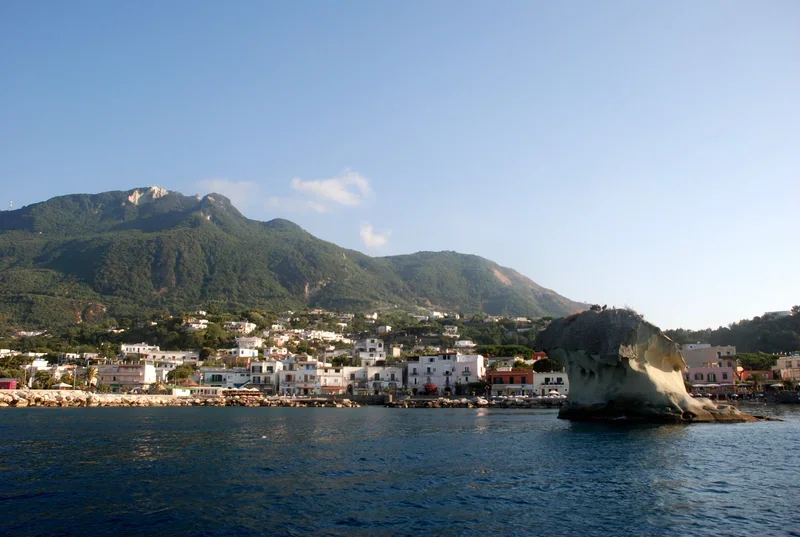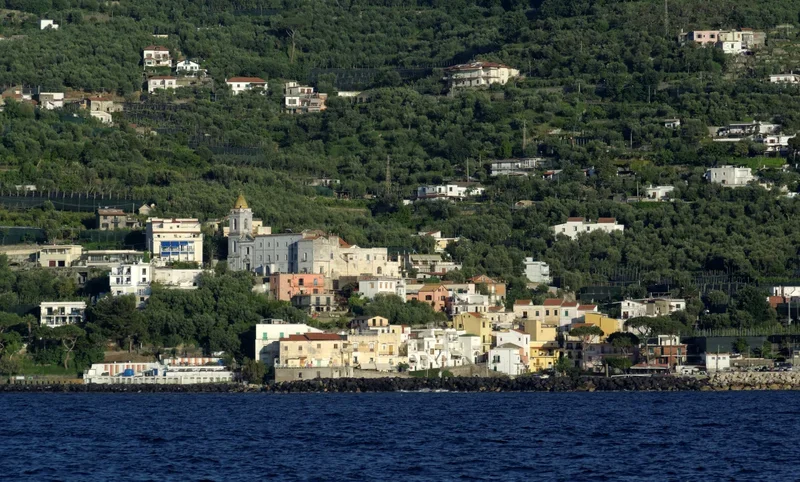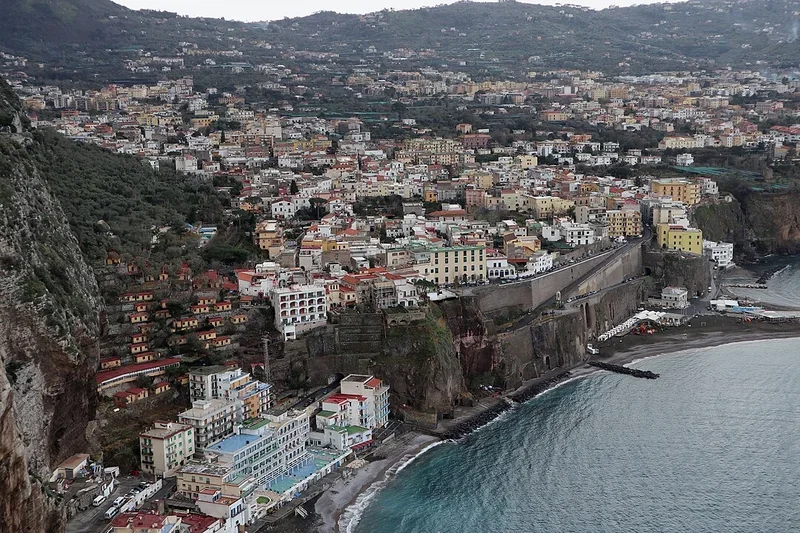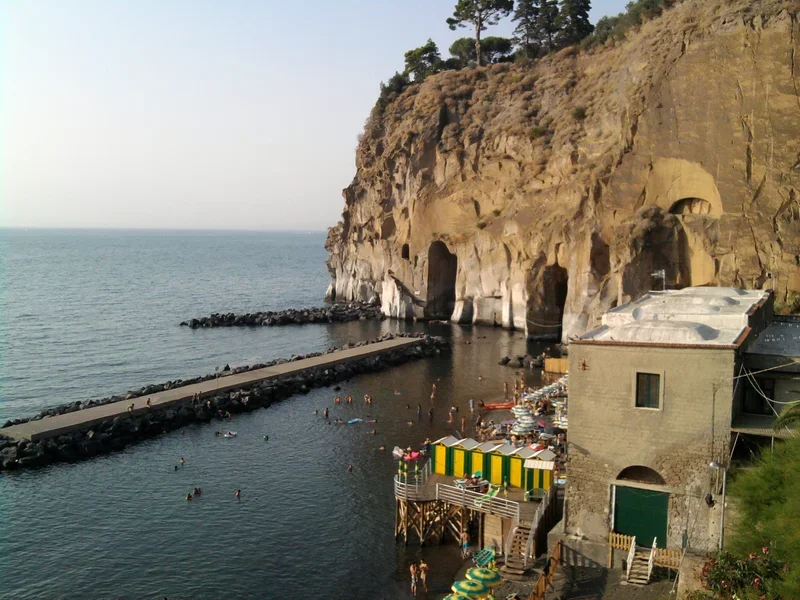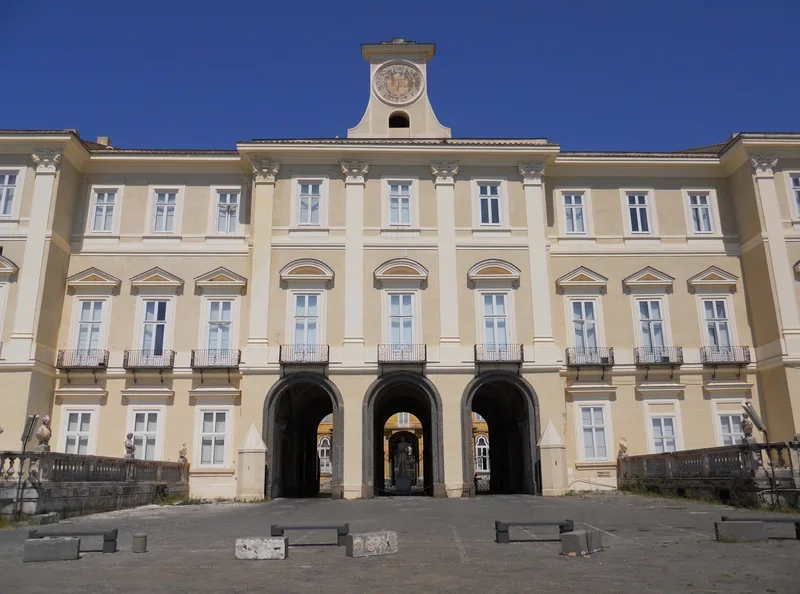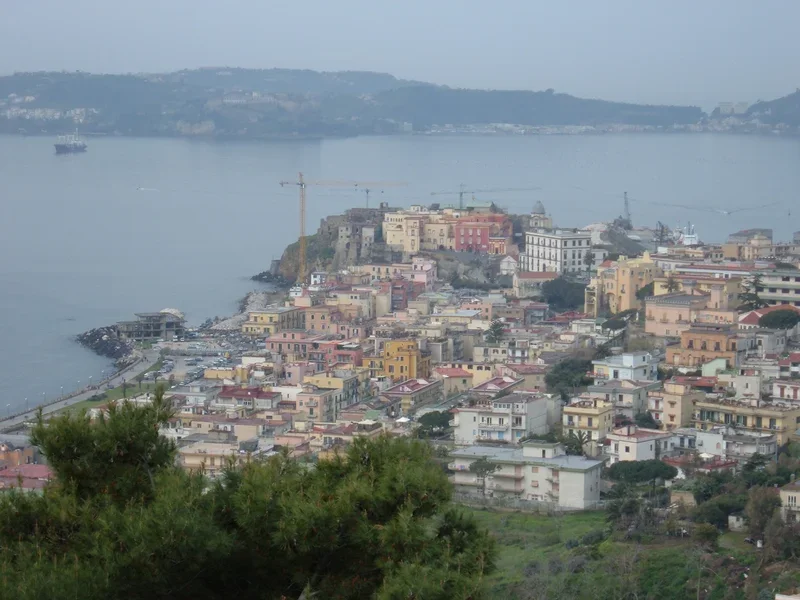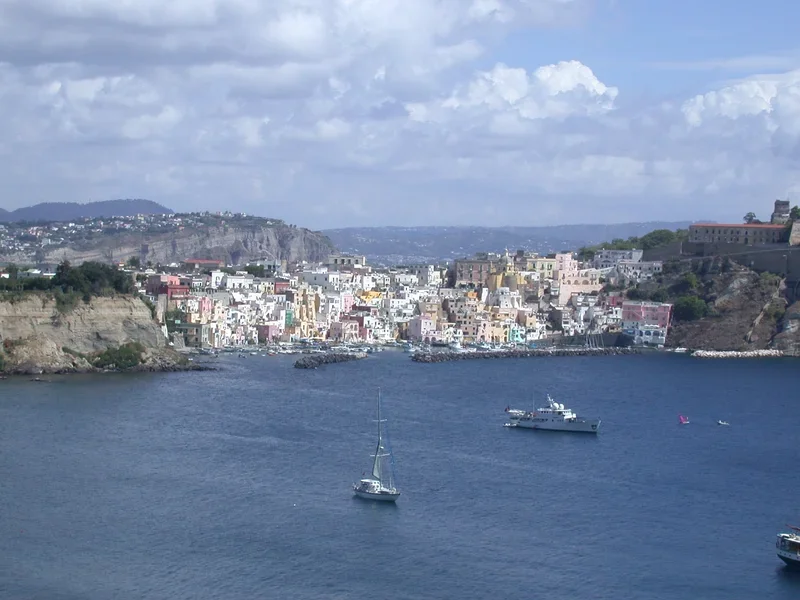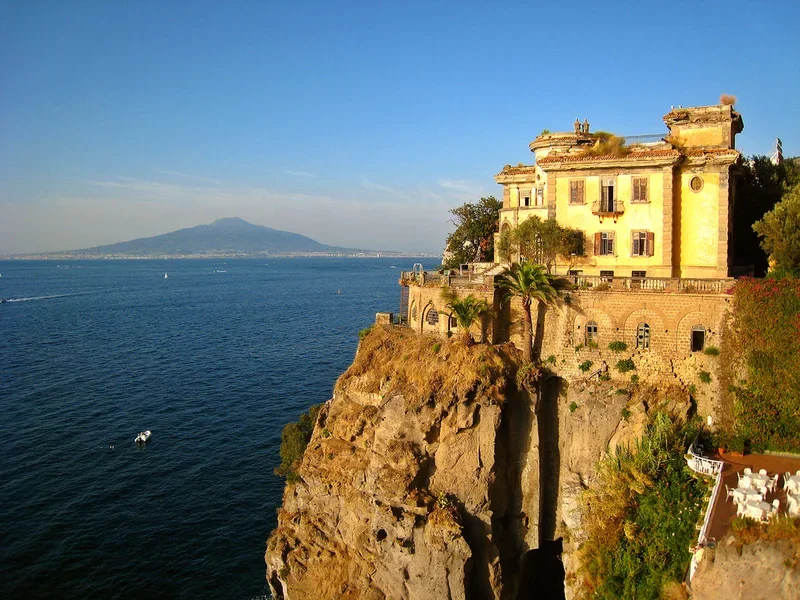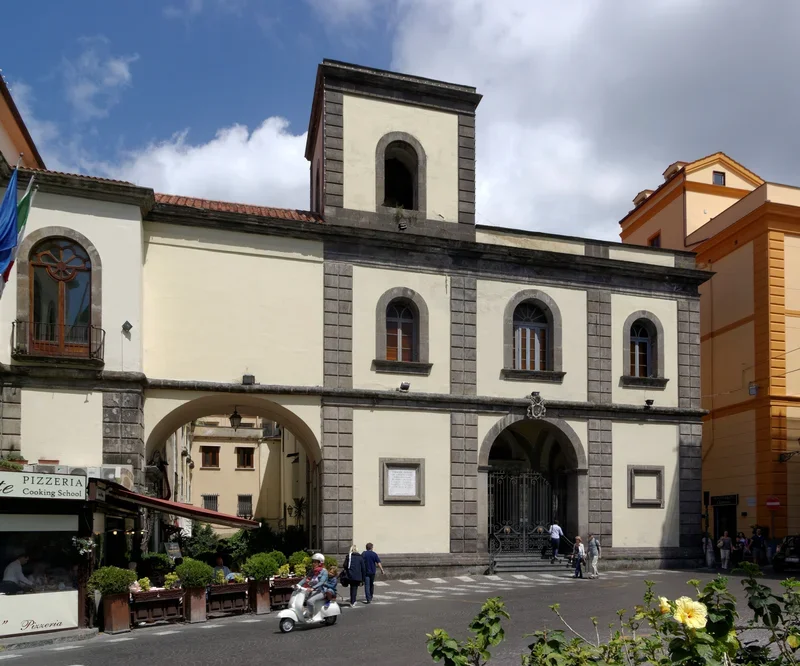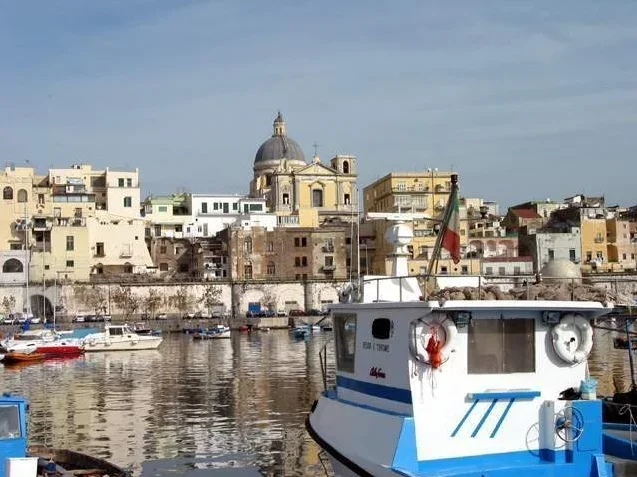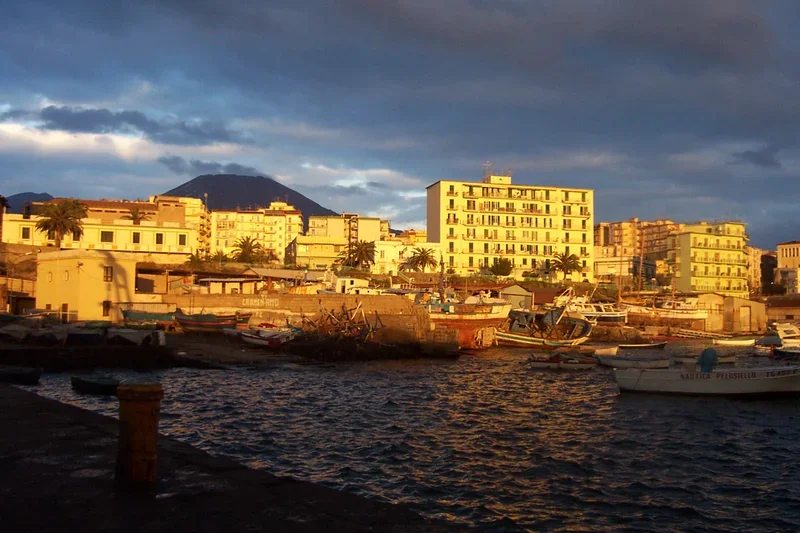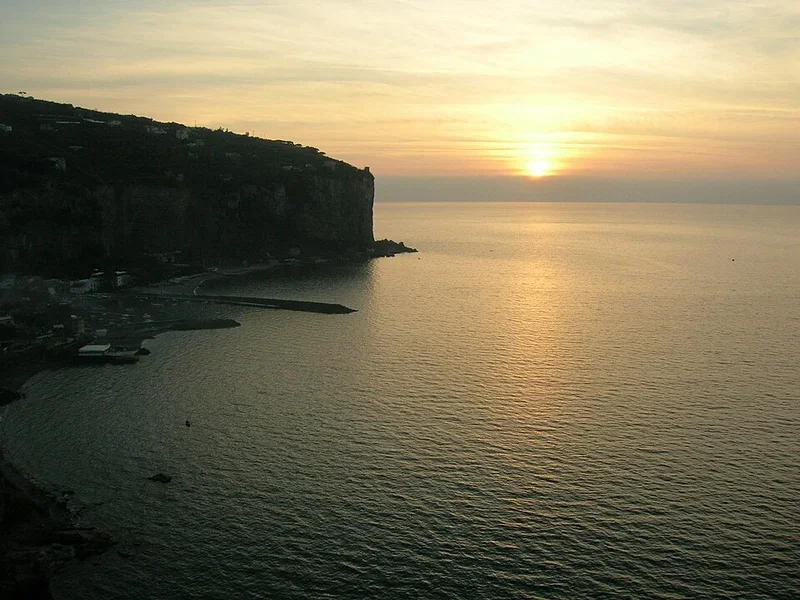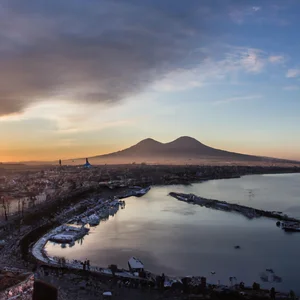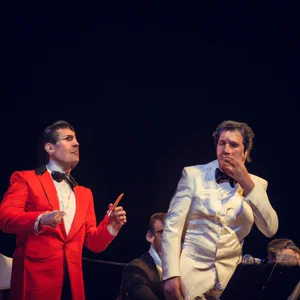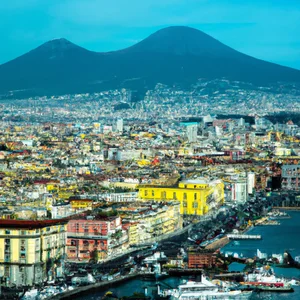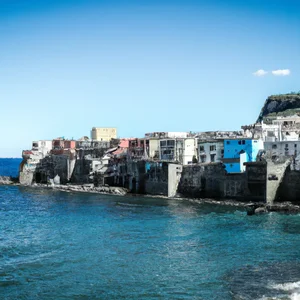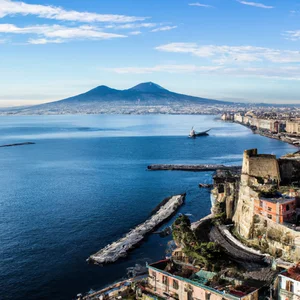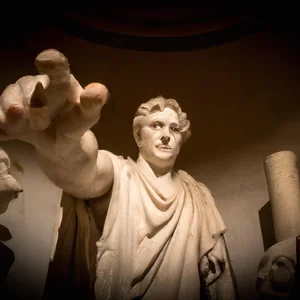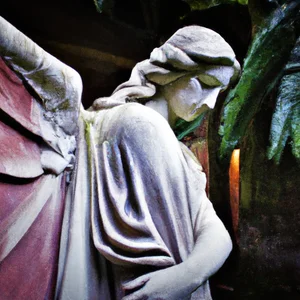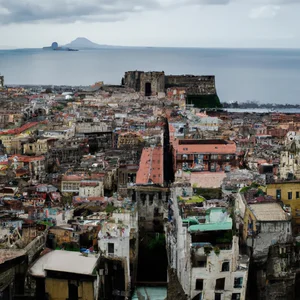Book your experience
Capodimonte Museum
The Capodimonte Museum, located in the imposing Palazzo of the same name in Naples, represents one of the most significant and fascinating cultural institutions in the city. Immersed in a natural context of extraordinary beauty, the museum is not only a place to admire works of art, but also a testimony to Neapolitan history and culture. Its origins date back to the 18th century, when Charles of Bourbon decided to build a large palace to house his art collection, giving life to an institution that today is a point of reference for artists, scholars and tourists.Among the museum’s main collections are works of inestimable value, ranging from the Renaissance to the Baroque, offering a broad overview of the history of European art. The presence of masterpieces by well-known artists, such as Caravaggio, Raphael and Titian, makes the visit an unmissable experience for anyone who wishes to immerse themselves in the beauty of art. Not only art, but also architecture: the Palazzo di Capodimonte, with its majestic style and its frescoed rooms, is a work of art in itself. The visit to the museum is further enriched by the garden and the surrounding park, an oasis of tranquility that offers a panoramic view of the city.In this article, we will explore ten fundamental aspects of the Capodimonte Museum, from its history to its collections, from temporary events to the services available nearby. Whether you are an art enthusiast or a curious visitor, the Capodimonte Museum promises to give you a memorable experience in the heart of Naples.
History of the Capodimonte Museum
The Capodimonte Museum is located inside the Palace of the same name, located on a hill overlooking the city of Naples. Its history begins in 1738, when King Charles of Bourbon decided to transfer his art collection from the Royal Palace of Portici to this palace, designed by the architect Alessandro Medici >.
Initially conceived as a royal residence, the palace was completed in 1757 and became an important cultural center for the Neapolitan nobility. Over the years, the collection was enriched thanks to donations and purchases, transforming the museum into one of the most important art museums in Italy.
During the 19th century, the Capodimonte Museum underwent several transformations, including opening to the public in 1867. Its importance further increased with the addition of works by contemporary artists and the organization of thematic exhibitions.
Today, the Capodimonte Museum is not only a place to admire works of art, but also a center of research and culture, hosting events, conferences and educational activities. Its privileged position and the richness of the collections make it an essential point of reference for those visiting Naples.
Main collections
The Capodimonte Museum hosts one of the most significant and prestigious art collections in Italy, with a wide range of works ranging from the Renaissance to the Baroque and beyond. Its collection is the result of donations, acquisitions and bequests, and offers an important overview of the history of European art.
Pinacoteca
The museum’s art gallery is famous for its masterpieces, with works by Caravaggio, Raphael, Titian and El Greco. Among the most emblematic works are:
- The Martyrdom of Saint Ursula by Bartolomeo Veneto
- The Portrait of Frederick II of Bourbon by Francesco Hayez
- The Madonna of the Goldfinch by Raphael
Farnese Collection
Another section of great importance is the Farnese Collection, which includes sculptural and pictorial works, as well as a vast range of decorative art. This collection was transferred to Capodimonte from the Palazzo Farnese in Rome and includes:
- The sculptural group of Hercules and Cacus by Antonio Canova
- Canova’s Venus
- Numerous busts and ancient statues of great historical and artistic value
Contemporary art
In recent years, the museum has expanded its collection to include works by contemporary artists, creating a dialogue between the past and the present. Among the modern and contemporary artists represented there are Salvador Dalí, Giorgio de Chirico and Lucio Fontana.
In summary, the collections of the Capodimonte Museum offer a fascinating journey through centuries of art, with works that testify to the evolution of artistic styles and techniques, making the museum an unmissable stop for art and culture lovers .
Works by famous artists
The Capodimonte Museum hosts one of the most important art collections in Italy, with works by internationally renowned artists. Among the most famous works you can find:
Caravaggio
One of the most famous works in the Museum is “The Flagellation of Christ”, a masterpiece that exemplifies the chiaroscuro technique typical of the Lombard master.
Raphael
The museum also preserves works by Raffaello Sanzio, including the famous “Madonna del Baldacchino”, which represents one of the peaks of his artistic genius.
Titian
Another great artist represented is Tiziano Vecellio with his work “The Martyrdom of San Lorenzo”, which demonstrates the mastery of the Venetian painter in the use of color and of light.
Guercino
The Capodimonte Museum also hosts works by Guercino, including “The Rest during the Flight into Egypt”, which highlights his ability to represent the human figure.
Other artists
In addition to the masters of the Renaissance and Baroque, the museum includes works by Michelangelo Merisi da Caravaggio, Andrea del Sarto, Jusepe de Ribera and Francesco Hayez, making it a true treasure chest of artistic treasures.
The variety of works and the presence of such different artists make the Capodimonte Museum an unmissable place for art and culture lovers. Each visit offers the opportunity to discover and admire works that have marked the history of world art.
Architecture of the Palace
The Palazzo di Capodimonte is an imposing architectural structure located on the hill of the same name, north of Naples. Its construction began in 1738 at the behest of Charles of Bourbon, king of Naples, who wanted a place of royal residence and a refuge from the city’s hot summers. The design of the palace is attributed to the architect Alessandro Medici, who was inspired by the models of the European villas of the time.
Architectural Style
The building has a neoclassical style, characterized by sober lines and harmonious proportions. The main facade is adorned with large porticoes and columns, while the roof is crowned with an elegant cornice. The interiors are equally sumptuous, with rooms decorated with frescoes, stuccoes and works of art that reflect the refined taste of the nobility of the time.
Structure and Spaces
The Palazzo di Capodimonte is composed of three floors and a large central atrium. Inside there are numerous exhibition rooms, as well as royal apartments, a chapel and spaces dedicated to the conservation of works of art. Each room is designed with attention to detail, making the visit experience not only cultural, but also aesthetic.
Renovations and Restorations
Over the centuries, the Palace has undergone several renovations and expansions, especially during the period of the Unification of Italy. These interventions aimed to preserve and enhance its original architecture, while maintaining the functionality of the spaces to host exhibitions and cultural events.
The Palazzo di Capodimonte is not just a museum, but a true historical monument which tells the story of the city of Naples and its nobility, offering visitors an immersion in the beauty and culture of the past.
Museum garden and park
The Capodimonte Museum is not only an important cultural center, but also a place of extraordinary natural beauty. The garden and park surrounding the museum offer visitors a unique experience, combining art and nature in an evocative environment.
Description of the Garden
The garden of the Capodimonte Museum, designed in the 18th century, extends over an area of approximately 120 hectares. Characterized by an Italian layout, the garden is enriched by elegant tree-lined avenues, fountains and flower beds. The plants have been selected to offer a visual and olfactory experience that changes with the seasons, making each visit unique.
The Park
The surrounding park is a true green lung of the city of Naples. Here you can find several species of ancient trees, including oaks and pines, which offer shade and a relaxing atmosphere. Visitors can walk along the paths, have a picnic or simply enjoy the tranquility of the place.
Activities and Entertainment
The park also hosts cultural events and artistic events throughout the year. Concerts, theatrical performances and outdoor exhibitions enliven the garden, making it a lively and engaging place. Furthermore, there are areas dedicated to children, with games and spaces for outdoor activities.
Conservation and Sustainability
The Capodimonte Museum is committed to environmental conservation, promoting sustainable practices to keep the garden and park in excellent condition. Visitors are encouraged to respect the surrounding environment, helping to preserve the natural beauty of the site.
Temporary events and exhibitions
The Capodimonte Museum is a dynamic cultural institution that regularly hosts events and temporary exhibitions, enriching the artistic offering of the city of Naples. These exhibitions are designed to attract a diverse audience, from art enthusiasts to students and tourists.
Type of events
Temporary exhibitions may include:
- Contemporary Artist Exhibitions: These exhibitions highlight works by emerging or established artists, offering a new perspective on modern art.
- Retrospectives: Opportunities to explore the work of a single artist or an artistic movement, often accompanied by conferences and debates.
- Special events: Gala evenings, book presentations, and meetings with curators and artists to explore themes related to art and culture.
Collaborations and partnerships
The museum frequently collaborates with other cultural institutions, universities and galleries to organize events and exhibitions that can attract an international audience. These collaborations enrich the cultural offering and allow the presentation of works of historical and artistic relevance.
Practical information
To stay updated on events and temporary exhibitions, it is advisable to visit the official website of the Capodimonte Museum, where calendars and details on ongoing activities are published. Furthermore, the museum often offers workshops and educational activities for schools and the public, making art accessible to all.
In summary, the Capodimonte Museum is not only a place of art conservation, but also a lively center of cultural activities that contribute to making Naples a fascinating destination for art and history lovers.
Accessibility and opening hours
Opening hours
The Capodimonte Museum is open to the public at the following times:
- Monday: Closed
- Tuesday to Sunday: 8.30am - 7.30pm
It is advisable to check for any changes in hours during holidays or special events.
Accessibility
The Capodimonte Museum is accessible to people with reduced mobility. Ramps and elevators are available to facilitate access to the different areas of the museum and palace. Furthermore, toilets equipped for disabled people are provided.
Additional services
The museum also offers guided tours, which can be booked in advance. Audio guides are available in different languages to enrich the visitor experience.
Tickets and entry methods
The Capodimonte Museum offers several ticket options for visitors. It is possible to purchase tickets directly at the museum ticket office or online via the official website, which allows you to avoid long queues at the entrance.
Types of tickets
The types of tickets available include:
- Full ticket: Allows access to all permanent collections and temporary exhibitions.
- Reduced ticket: Available for students, over 65s and groups, with specific conditions.
- Free entry: It is available for children under 18 years of age, on the first Sundays of the month and on special occasions such as Museum Night.
How to purchase
Visitors can choose to purchase tickets:
- Directly to the ticket office of the Capodimonte Museum, which opens approximately 30 minutes before the museum opening hours.
- Online, on the museum’s official website, where it is also possible to book guided tours.
Additional information
It is advisable to check the museum’s website for any promotions or changes in ticket prices. Furthermore, visitors can also inquire about special packages that include guided tours or exclusive events.
How to get to the Capodimonte Museum
The Capodimonte Museum is located in a privileged position within the Capodimonte Park, which dominates the city of Naples. Reaching the museum is quite simple, thanks to several public and private transport options.
By public transport
You can reach the museum using public transport:
- Bus: Several bus lines connect the center of Naples with the Capodimonte Museum. The main lines are line 168 and line C63, which depart from different areas of the city.
- Funicular: The Montesanto funicular leads to the Corso Vittorio Emanuele area, from where it is possible to take a bus to the museum.
By car
If you decide to go by car, there are several car parks available near the museum. It is advisable to follow the signs for the Capodimonte Park, where the main entrance is located.
On foot
For those in the center of Naples, a walk to the museum can be a pleasant experience. The route offers splendid views of the city and the surrounding landscape. The museum is located approximately 30 minutes on foot from the Piazza del Plebiscito area.
Useful information
It is advisable to check the timetables and frequencies of public transport, as they may vary during the week and at weekends. Furthermore, it is always useful to check for any closures or changes to the opening hours of the museum before planning the visit.
Catering and services near the Capodimonte Museum
The Capodimonte Museum, located in one of the most beautiful and scenic areas of Naples, also offers several dining options and services in the immediate vicinity, allowing visitors to enjoy a complete experience during their visit.
p>Restaurants and cafes
In the surroundings of the museum, you can find a variety of restaurants and cafes offering typical Neapolitan cuisine. Some of the most renowned include:
- La Cantina restaurant in Via Sapienza: offers a traditional menu with dishes based on fresh, local ingredients, in a welcoming environment.
- Pizzeria Starita: famous for its Neapolitan pizza, it is an unmissable place for lovers of Neapolitan cuisine.
- Caffè delle Arti: a great place for a coffee break, located near the museum, ideal for enjoying an espresso or a typical dessert.
Services and shops
In addition to the restaurants, in the Capodimonte Museum area there are also various useful services for visitors:
- Souvenir shop: they sell a selection of handcrafted items, art books and souvenirs related to the museum and the city of Naples.
- Transport services: Bus and taxi stops are nearby, making it easy to travel to other tourist attractions.
- Pharmacy: useful for any needs during the visit.
In summary, the area around the Capodimonte Museum offers a range of dining options and services that help make the visit a pleasant and complete experience.

